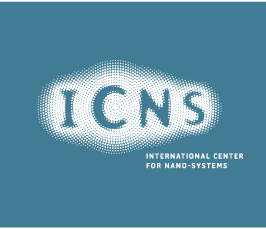Skyrmion formation and enhanced emergent electrodynamics in centrosymmetric magnets
Seminar
- Date: Jul 16, 2019
- Time: 11:00 AM (Local Time Germany)
- Speaker: Maximilian Anton Hirschberger
- RIKEN Center for Emergent Matter Science (CEMS), Japan
- Location: Max-Planck-Institut für Mikrostrukturphysik, Weinberg 2, 06120 Halle (Saale)
- Room: Lecture Hall, B.1.11

Research on magnetic skyrmions, which are nanometric whirls in non-collinear magnets, has long been focused on non-centrosymmetric compounds (such as the B20 family) or interfaces, where Dzyaloshinskii-Moriya interactions favor twisted spins structures with fixed helicity.
We report on our recent experimental efforts to study skyrmion formation and associated transport responses in bulk centrosymmetric magnets, where DM interactions are absent or cancel out globally, and where left- and right-handed spirals are nearly degenerate. In the Heisenberg systems Gd2PdSi3 [1] and Gd3Ru4Al12 [2], spiral spin structures are stabilized by RKKY interactions. In applied magnetic field, a skyrmion state can be realized in these systems, as confirmed by resonant elastic x-ray scattering and real-space imaging in a transmission electron microscope. The size of a single skyrmion is typically smaller than 3 nm, resulting in a giant emergent magnetic field detectable by means of the topological Hall and Nernst effects, which have recently been observed in our laboratory.
[1] T. Kurumaji et al., arXiv:1805.10719 (2018) [2] M. Hirschberger et al., arXiv:1812.02553 (2018)